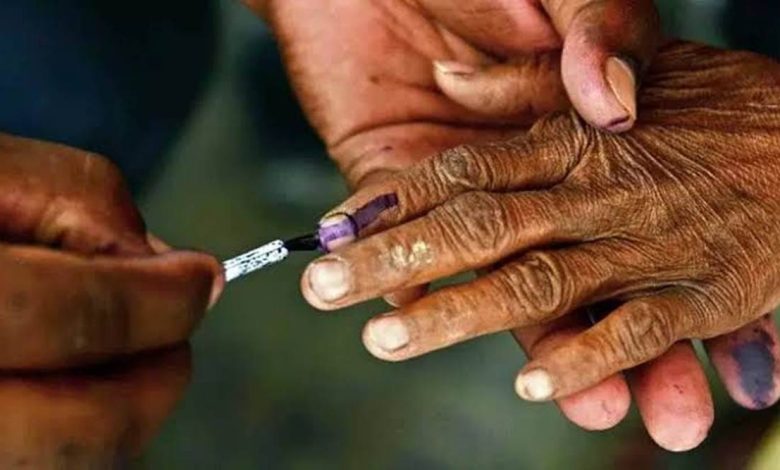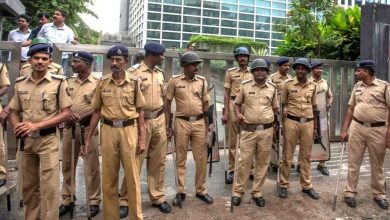EC Introduces Home Voting for Elderly and Specially-abled in Lok Sabha Elections: Enhancing Accessibility and Inclusivity

Elderly Home Voting: In a commendable move to enhance voter turnout and ensure inclusivity in Lok Sabha elections, the Election Commission (EC) has introduced a groundbreaking initiative allowing individuals aged 80 and above, as well as those with disabilities, to cast their votes from the comfort of their homes. Let’s delve into the details of this significant development that aims to make the democratic process accessible to all.
Bridging the Gap: Introduction of 12-D Forms
To streamline the process, eligible voters will receive 12-D forms a week prior to election day. These forms, provided by relevant polling officials, pave the way for a seamless transition to home voting. District election officers will play a pivotal role in orchestrating the initiative, making necessary arrangements for voting at the residences of senior citizens and persons with disabilities. The entire process will be meticulously documented through video recording, ensuring transparency and accountability.
Inclusive Regulations: Addressing Accessibility Challenges
According to the regulations set forth by the EC, individuals unable to access polling centers due to disabilities, especially those with disabilities exceeding 40%, will qualify for voting from their residences. This move acknowledges the diverse needs of the electorate, fostering an inclusive democratic environment. Furthermore, the voting process of persons with disabilities will be recorded on video, providing a comprehensive record of their participation.
Demographic Insights: Understanding the Impact
In Nagpur district alone, there are 18,215 individuals with disabilities, distributed across the Nagpur Lok Sabha constituency and the Ramtek Lok Sabha constituency. Of the 42,33,605 voters in Nagpur district, a noteworthy 1,17,708 are aged 80 years and above. Notably, the South-West Nagpur constituency boasts the highest number of elderly voters at 16,724, while Ramtek has the lowest count at 6,100.
Personalized Assistance: Navigating the Process
Appointed employees will visit the homes of eligible voters three times, ensuring a personalized approach to facilitate their participation. In adherence to EC guidelines, if elderly or disabled voters seek assistance, employees will be assigned accordingly. The entire voting process will be documented through video, reinforcing the commitment to transparency. However, it’s crucial to note that failure to locate the voter on three consecutive visits will result in the forfeiture of their voting rights.
Conclusion: A Stride Towards Inclusive Democracy
In conclusion, the EC’s introduction of home voting for the elderly and specially-abled marks a significant stride towards creating a more inclusive and accessible democratic process. This initiative not only addresses the unique needs of these demographics but also reinforces the democratic values of equal representation and participation.
FAQs:
- How can eligible voters request assistance during home voting?
- Eligible voters can request assistance by reaching out to the appointed employees visiting their homes, following the guidelines provided by the EC.
- What happens if an elderly or disabled voter cannot be located during the three visits?
- Unfortunately, failure to locate the voter on three consecutive visits will lead to the forfeiture of their voting rights.
- How many times will appointed employees visit the homes of eligible voters?
- Appointed employees will visit the homes of eligible voters three times to ensure personalized assistance and documentation of the voting process.
- Are there any specific forms required for home voting?
- Yes, eligible voters will receive 12-D forms a week prior to election day to facilitate the home voting process.
- What is the purpose of video documentation during the home voting process?
- Video documentation ensures transparency and accountability, capturing the entire voting process of elderly and specially-abled voters.









